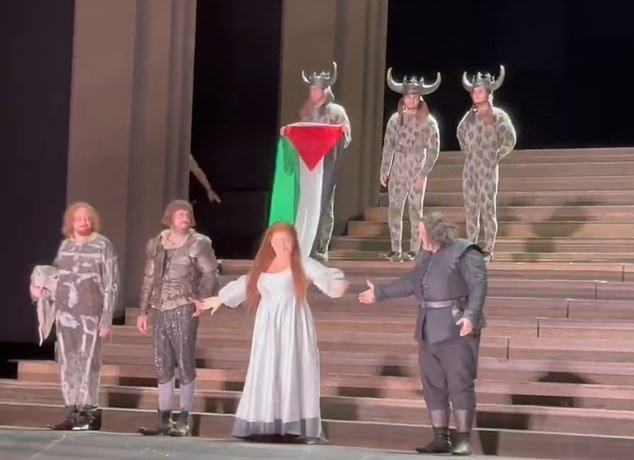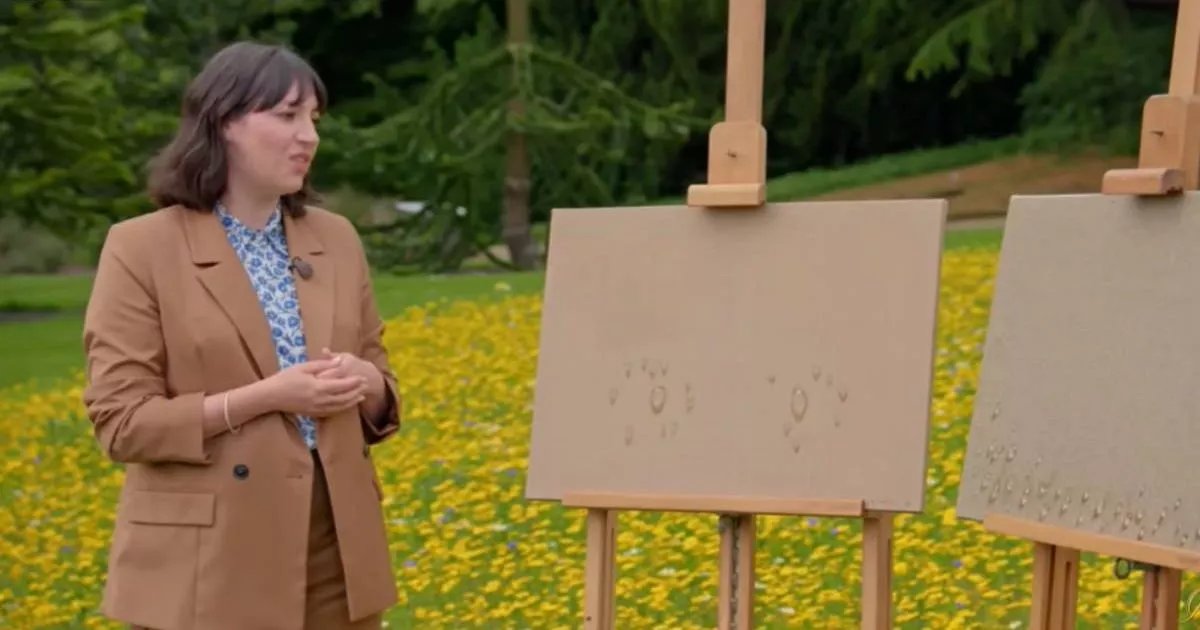The 2024 iteration of Belmond’s MITICO art series sees the rebellious French artist reimagine its hotels in Brazil, South Africa, Italy, and Spain
What do you picture when you think of hotel art? Drab canvases printed with royalty-free photographs of flowers? Generic beach scenes? Live laugh love-adjacent quotes in swirly fonts? Maybe a few abstract streaks of paint, designed to be as inoffensive (read: boring) as humanly possible? Whatever it is, it’s probably not good. Take it from the French conceptual artist Daniel Buren. “All my life,” he tells Dazed, “any hotel – bad, beautiful, whatsoever the price – they all have in their rooms, in their corridors, what they call art, which is just totally disgusting.”
Buren is well-qualified to make such a bold claim. With a career that spans around six decades, from the early 60s right up to present day, the 86-year-old artist is a winner of the Golden Lion at the Venice Biennale, Tokyo’s prestigious Praemium Imperiale prize, and most recently a 2024 Ibero-American Patronage Award. His large-scale, in situ projects include Les Deux Plateaux (or Buren’s Columns) at the Palais Royal in Paris, as well as 2016’s psychedelic makeover of the Louis Vuitton Foundation, titled Observatory of Light. This year, though, he’s trained his artistic efforts on righting the historic wrongs of ugly hotel art, as the most recent collaborator in Belmond’s globe-trotting MITICO art series, a collaboration with Galleria Continua launched in 2022.
Beginning at Belmond’s Mount Nelson hotel in Cape Town earlier this year, the 2024 iteration of the project sees Buren travel the world – from South Africa, to Brazil, to Italy and Spain – visiting many of the brand’s iconic hotels to reimagine them with his characteristic interest in colour and space, inspired directly by the nature and architecture of his surroundings. He talks to Dazed in a suite at the Copacabana Palace, a Belmond Hotel (AKA the Copa) in Rio de Janeiro, where he’s covered the windows with red, blue, yellow, green, and pink coloured vinyl. When the intense morning sunlight falls on the white art deco façade, these modifications act like stained glass, flooding the individual rooms and communal areas with coloured light.
In case you’re unfamiliar, the Copa has stood facing its namesake beach in Rio de Janeiro for just over 100 years, and over the course of that century it has welcomed illustrious guests ranging from Walt Disney, to Madonna, to Einstein, Princess Di, and Lana Del Rey. Its glamorous history – which is recognised via numerous international travel awards – is also intertwined with many of the city’s own cultural icons, including foundational bossa nova musicians and stars of the Rio Carnival.
Buren’s work at the Copa continues this luxurious legacy, allowing paying guests to experience art that isn’t just a decorative afterthought, but that might represent something “new, interesting, or unexpected” that “opens a door” to some deeper part of culture. This is an ongoing aim of the MITICO series as a whole, which aims to open a dialogue between Belmond’s historic properties and more challenging, cutting-edge artists (previous years’ contributors include Yoan Capote, Arcangelo Sassolino, and the creative duo Sun Yuan and Peng Yu). However, Buren’s colourful additions also have an outward-facing element, which plays on the hotel’s unique location in the heart of the city. At nighttime, when the beachfront comes alive with parties and live music, the guests themselves become part of the artwork as they turn on the lights in their rooms, shining the colours onto the promenade below. In this sense, Buren adds: “It’s also something for all the people in Rio.”
Since he was a student at the Ecole Nationale Supérieure des Métiers d’Art in the 1950s, Buren has railed against the typical confines of the art world. “It was really very bad,” he says of his education. “They still [had] the mentality of the 19th century, so I was uncomfortable. It was easy to be critical.” This experience was useful though, he suggests, because it gave him something to push back against, and helped him develop a rebellious attitude toward creative expression, evident from his earliest public artworks. (See: the coloured stripes he pasted over advertising billboards in Bern in 1969, an act that saw him arrested and kicked out of Switzerland.) He’s strived to maintain a similar attitude ever since. “When a system works better, you might lose a little bit of your aggressivity or critical eye,” he explains. “[But] even if you are older or more established, you cannot go back to sleep.”
In part, Buren’s signature in situ approach has helped to keep things fresh over his 60-year career. Whether he’s responding to a historic fountain in Venice, the airy atrium of a Tokyo mall, or the Copacabana beachfront, the work is “always based on the situation” – his eye is always searching for inspiration in “the architecture, the people who belong to the place, the people who work there, the situation within the city…” The list goes on. At the same time, he suggests, in situ artworks just always made sense to him.
“From the very, very beginning,” he explains, “I thought: most artists will do their best to ignore […] architecture. But without architecture, you cannot show any painting. My artwork by itself is totally meaningless. In fact, I go even further: it cannot exist.” The Copacabana Palace stands as a perfect example, whether it’s night or day, whether you’re peering down the coast through a pink-tinged windowpane, or gazing up at the technicolour windows from the beach. “How can you see my work if you forget Copacabana?” Buren asks. It’s a rhetorical question, of course. “Totally impossible!” On the other hand, he adds: “The [art] changes the Copacabana façade completely, so all of a sudden, you create something where you cannot discern one from the next.” And, just like that, hotel art is interesting for a change.
The third season of Belmond’s MITICO series launched in February at Mount Nelson, a Belmond Hotel, in Cape Town, followed by commissions at Copacabana Palace in Rio de Janeiro, Villa San Michele, Florence, Castello di Casole, Tuscany, Hotel Cipriani, Venice, and La Residencia, Mallorca.






